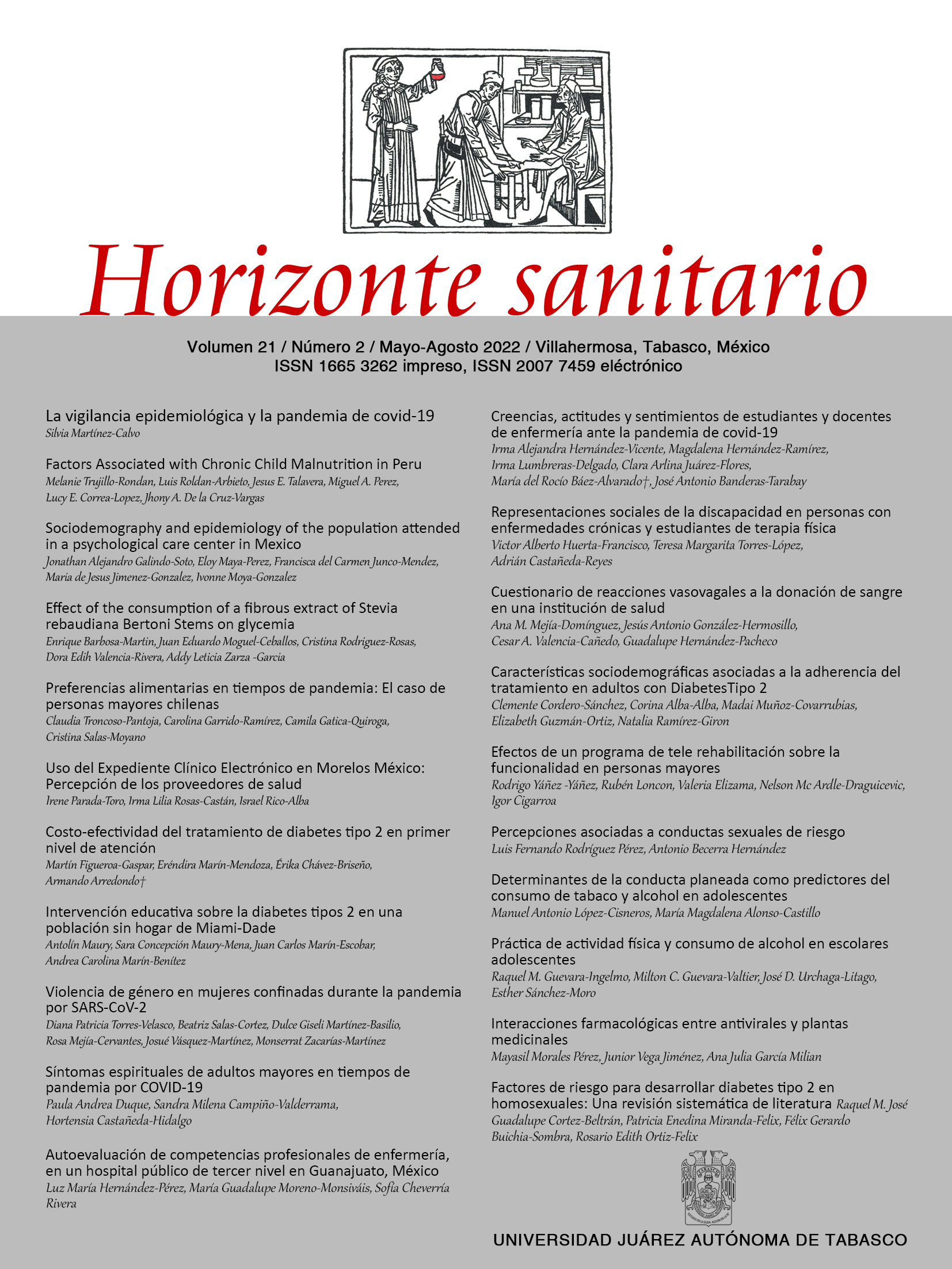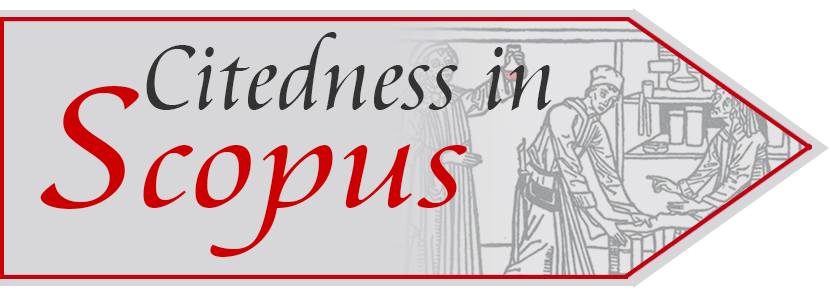Pharmacological interactions between antivirals and medicinal plants
DOI:
https://doi.org/10.19136/hs.a21n2.4507Abstract
Objective: To identify medicinal plants that show pharmacological interactions with antiviral drugs.
Materials and methods: A literature review carried out through the collection of articles in the PubMed, Scielo, Google academic databases. Information retrieved from each of the plants studied up to May 2018. An information sheet was prepared based on the information obtained and taking into account its usefulness and topicality.
Results: 57.9% of the information was retrieved from academic Google. 47.9% of the total studies reviewed referred to clinical studies and 27% were investigations carried out in Cuba. Allium sativum L. (19.7%), Hypericum perforatum (7.8%) and Panax quinquefolius (7.6%) were the plants that presented the highest number of studies concerning interactions with antivirals. Actions on cytochrome P450 and P-glycoprotein were mainly responsible for the occurrence of interactions between medicinal plants and antivirals. The secondary metabolite curcumin of Curcuma longa L. showed potential antiviral activity against human immunodeficiency virus type 1 without obtaining conclusive results.
Conclusions: We can conclude that although the interactions between antivirals and medicinal plants are rather rare when they occur, they do so mostly in the form of pharmacokinetic alterations. Antiretroviral drugs are the drugs of this group most involved in interactions with commonly used plants such as garlic. The results found are not all base on clinical evidence and sometime they were contradictories.
Key words: Antivirals; Antiviral agent; Medicinal herbs; Medicinal plants; Drug interactions.
Downloads
Published
Issue
Section
License
Copyright (c) 2021 Horizonte Sanitario

This work is licensed under a Creative Commons Attribution-NonCommercial-ShareAlike 4.0 International License.


































